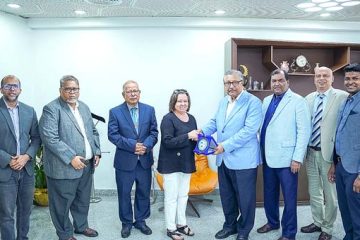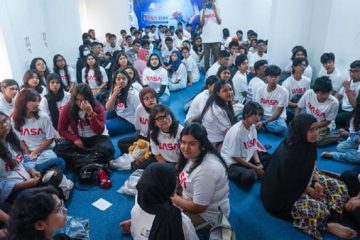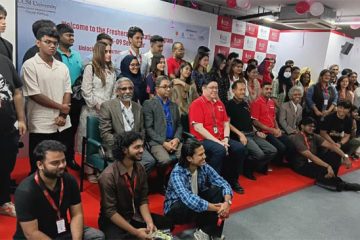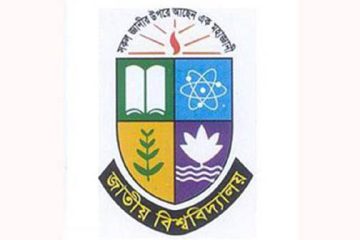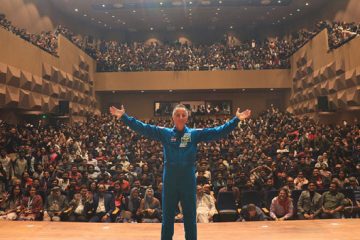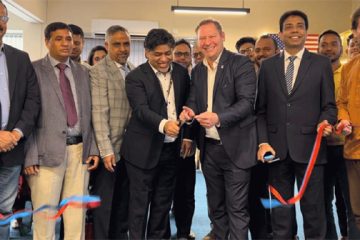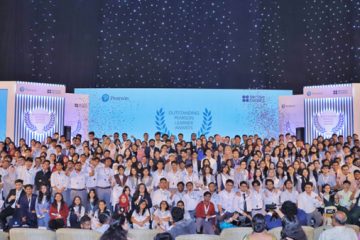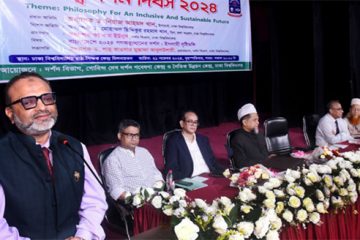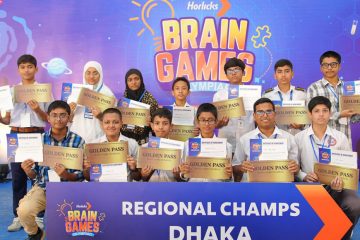Solid wastes with rainwater are entering the Hatirjheel-Bagunbari Lake, polluting its water as the authorities stopped screening wastes before letting them into the lake.
The Bangladesh University of Engineering and Technology experts worried that the pollution would worsen if the present situation continued.The authorities concerned, however, claimed that they decided to allow the wastes into the lake only for this ongoing rainy season to avoid water stagnation in Dhanmondi, Kalabagan and Pathapath areas.
Visitors and residents living around the project area expressed frustration over pitch black stinky water of Hatirjheel just after seven months of inauguration.
Jerin Haque, a resident of Rampura, blamed the authorities for lacking proper planning and monitoring of this big budget project.
Banker Shabab Ahmed, resident of Dilu Road, told New Age bad smell near Rampura Bridge and behind Pan Pacific Sonargaon Hotel was not only annoying but also frustrating.
When it rains, the black polluted water smells even more pungent and it is tough to live in the nearby areas but the authorities seem not to take any initiative to improve the quality of the water, he said.
Shabab said that the long-awaited project, the biggest recreation spot for inhabitants of Dhaka city, is losing its charm so quickly.
BUET civil engineering department head and consultant of this project Mujibur Rahman told New Age, ‘We are connecting sewerage line with the storm water line, discharging solid wastes here and there when we ironically expect that the lake water will remain neat and clean.’
He said, ‘There is no problem in the lake. The problem lies in the capital’s solid waste management and faulty drainage system.’
Mujibur Rahman said only rain water was supposed to enter the lake by Pathapath box culvert as one objective of the project was the retention of rainwater but at present, along with rainwater, solid wastes are also entering the lake.
The project consultant said, ‘We have installed screen to stop solid wastes from entering the lake but the screen was blocked by huge solid wastes, so water flowed back and caused water stagnation in Dhanmondi, Kalabagan and Pathapath areas.’
He said, ‘DWASA removed the fixed screen as an immediate solution to address the water stagnation and it would worsen the condition of the lake.’
Hatirjheel (DWASA part) project director Shahiduddin said, as a temporary solution to the problem, DWASA was planning to set up a pumping station near Rampura Bridge.
He said they installed two types of screen in the project — fixed screen and mechanical screen.
‘DWASA removed the fixed screen forever as solid wastes block the screen frequently,’ said Shahiduddin.
However, Rajuk superintending engineer and project director ASM Raihanul Ferdous told New Age that residents of Pathapath, Kalabagn and Dhanmondi suffered for water stagnation because of heavy rainfall this monsoon for which they withdrew the screen.
Prime minister Sheikh Hasina inaugurated the ‘Integrated Development of Hatirjheel Area including Begunbari Khal project’ on January 2, 2013.
It was a Tk 1971.3048 crore project of the housing and public works ministry.
Rajdhani Unnayan Kartipakkha, 16 Engineering Construction Battalion of Bangladesh Army, Dhaka Water Supply and Sewerage Authority and Local Government Engineering Department are jointly implementing the project under the consultancy of BUET.
-With New Age input




